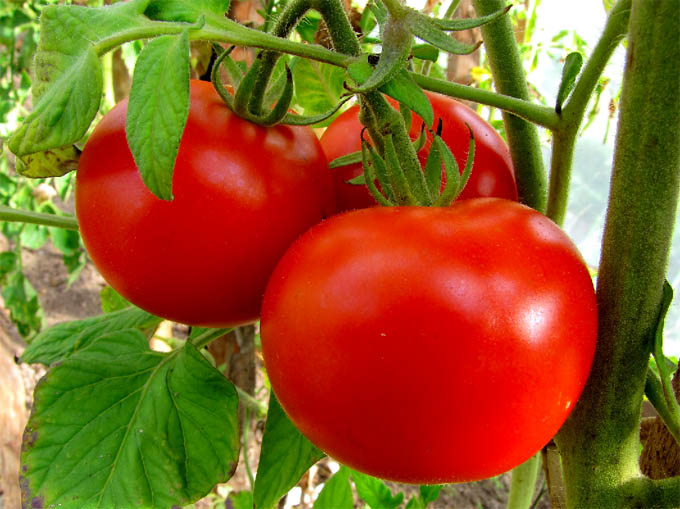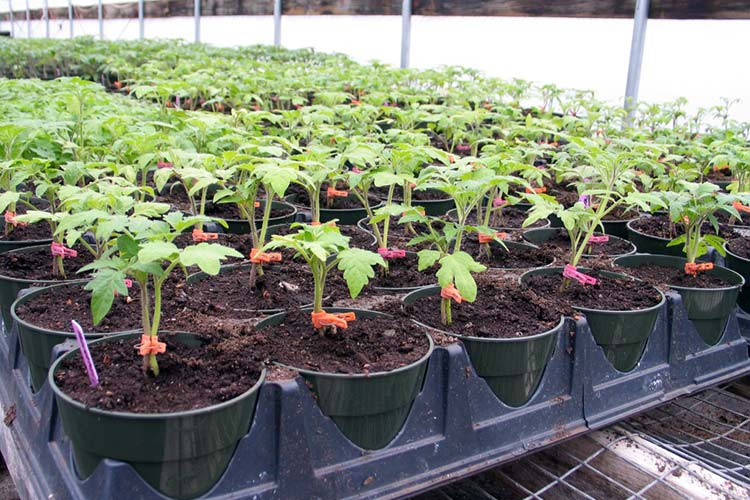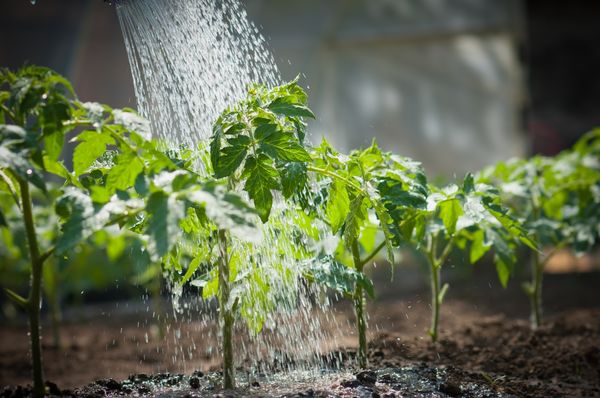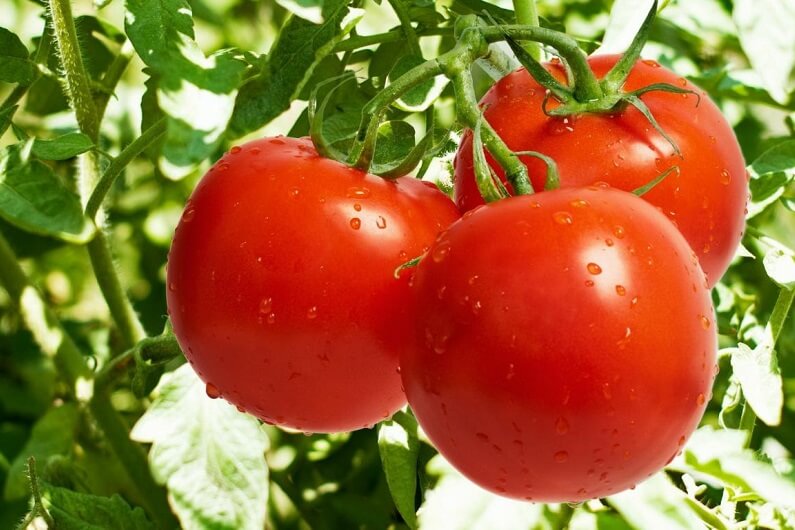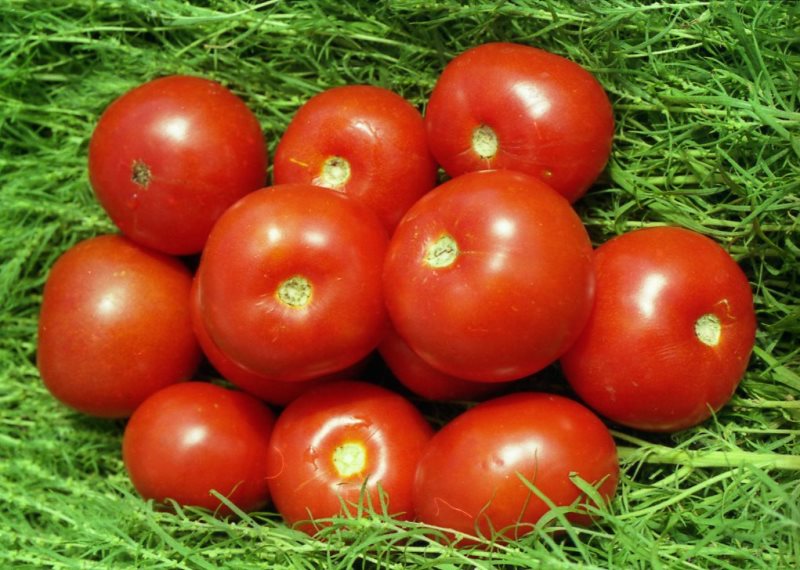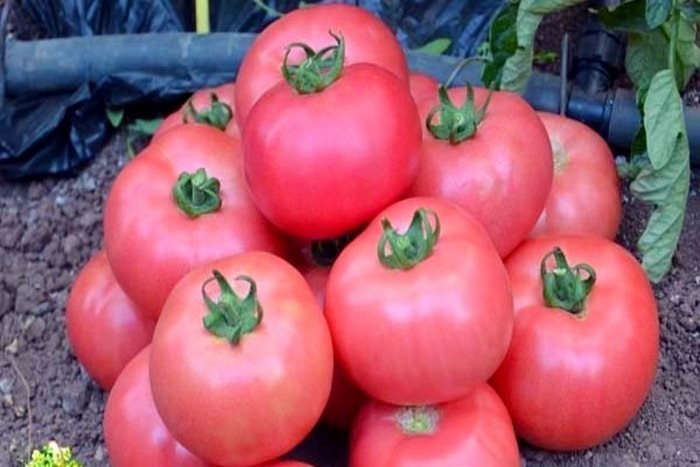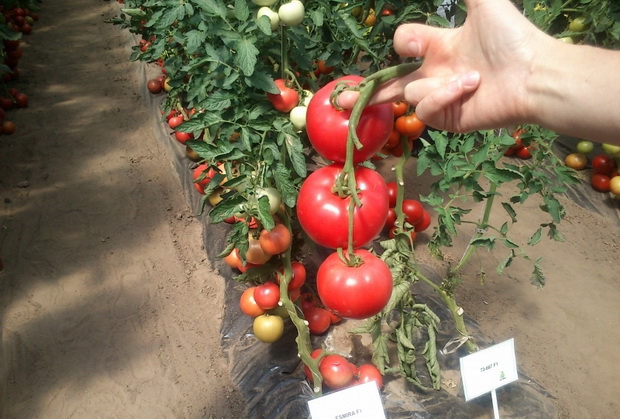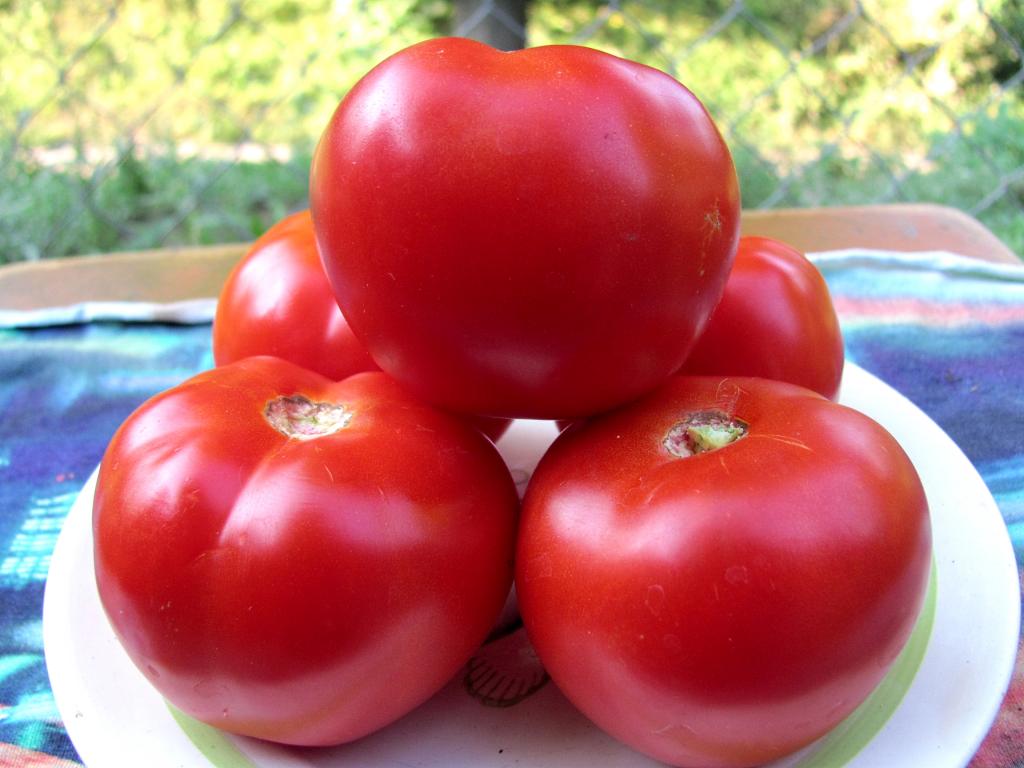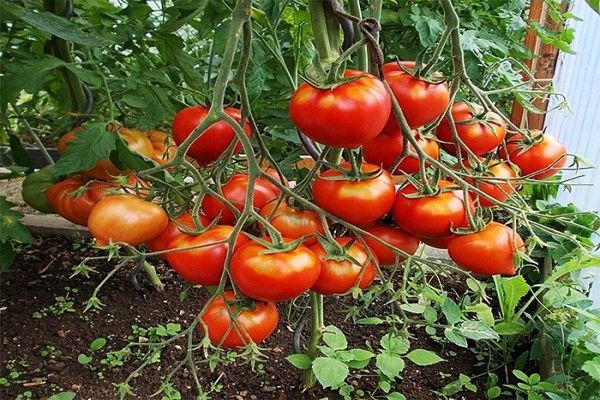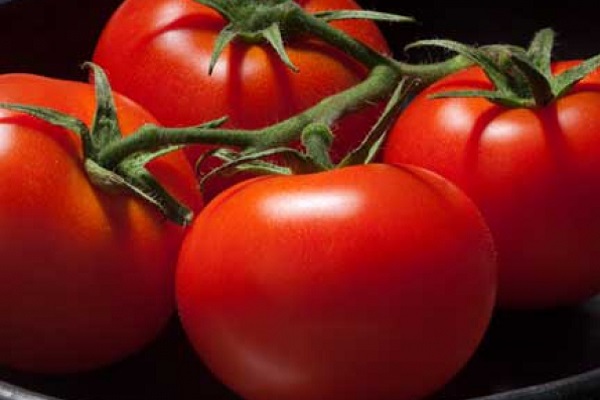Content:
Early varieties of tomatoes are especially popular in Russia. One of the most popular of them is the Early-83 variety. When cultivating it, certain agrotechnical requirements must be observed.
Variety history
Tomato is a herbaceous plant from the Solanaceae family. It is cultivated as a vegetable crop all over the world. The fruits are characterized by high palatability.
Tomato variety Early-83 is the result of Soviet selection. It was bred on the basis of the Moldavian Research Institute of Irrigated Agriculture and Vegetable Growing. It has not yet been included in the State Register of Breeding Achievements in the Russian Federation, which does not prevent it from being widespread in the country.
Tomato Early-83 characteristics and description of the variety
Variety Early-83 belongs to the category of early ripening tomatoes and begins to bear fruit after 95-105 days from the moment of germination. The variety is deterministic, undersized, the height of the stem usually ranges from 35 to 60 cm. On each of the plants under favorable cultivation conditions, 4-5 clusters are formed. Each of them ripens up to 6-8 tomatoes. The mass of tomatoes in a mature state reaches 80-100 g. Fruits are flat-rounded in shape, in the area of the tail, in some cases, there is a slight ribbing. Upon reaching technical maturity, tomatoes acquire a light green color, as they reach biological maturity, they are repainted in a deep red color. Like all long-fruiting tomatoes, the Early-83 tomato has a high keeping quality.
The variety of early ripening tomatoes is recommended for cultivation in the Crimea, Krasnodar Territory, the North Caucasus and other southern regions of Russia, as well as in Ukraine, Kazakhstan, Moldova, etc. In greenhouse conditions, this tomato variety can be cultivated in the Urals, in the Moscow region and other regions ... Early-83 is not cold-hardy enough, but its disease resistance is very high. When cultivated in open ground from 1 m² it is possible to get up to 7.5-8 kg of early-ripening tomatoes. In greenhouses and hotbeds, yields are even higher.
Agrotechnics
Growing seedlings
Before planting, the seeds of Early-83, which transmit varietal characteristics to the offspring, are recommended to be sorted, selecting the largest and having the correct shape. In order to disinfect and select the best seeds, they are soaked for some time in a container with potassium permanganate. After that, for sowing, only those seeds that have sunk to the bottom are used. They are removed and washed in running water. Then the seeds are soaked in a growth stimulant solution to increase their germination.
Early-83 seeds can also be planted in a reckless manner, but most often it is cultivated through seedlings. The seedling soil must be suitable for the variety and rich in nutrients. It is poured into small pots or disposable plastic cups.Through holes are made at the bottom of the containers to remove excess moisture. After that, the seeds are placed in the ground to a depth of about 2 cm. The seedlings are watered abundantly and kept at a temperature of about + 25C. For the first time, it is covered with a transparent plastic wrap. A week later, friendly mass shoots are usually formed, the shelter should be removed.
Plants are grown in a room for about 2 months, then they begin to prepare for transplantation. Seedlings, first of all, need to be hardened by daily taking them outside. At first, they are not kept in the fresh air for long, but the duration of their stay outdoors increases every day.
If the seedlings are not cultivated immediately in cups, but are planted in wooden boxes, as two true leaves are formed, it must be dived. As a result of the procedure, the plants will be transplanted into separate containers.
Transfer
Before transplanting plants into a greenhouse or open ground, it is necessary to feed the soil with nitrogen, phosphorus and organic matter. The soil should warm up to + 10C, the air temperature should stay at + 25C. Otherwise, there is a risk of fungal diseases developing on plants. You should also use nitrogen with caution, since an overabundance of this element will provoke an excessive growth of the vegetative mass to the detriment of the harvest and make plants more susceptible to disease.
Landing holes are made on the surface of the soil at a distance of 35-40 cm from each other. Their depth should correspond to the size of the seedling root system. Plants are placed in the pits on one side or lying down. This is necessary in order for the roots to strengthen better and begin to grow in all directions. After 2 days, the seedlings are usually leveled out and put in place. The soil should cover the plantings up to the lower foliage on the stems.
Care
In the first two weeks after planting in open ground, young seedlings must be protected from direct sunlight. For this purpose, it is necessary to stretch a nylon mesh over the plot into a small cell or use any other suitable material. When performing this procedure, it is necessary not to completely deprive the planting of light, only to reduce its intensity.
Early-83 needs abundant irrigation, which is done three times a week. For irrigation, warm settled water is used, 700-900 ml of which should fall on each bush. The procedure is carried out in the morning or evening, when the sun is not shining too much.
When the bushes of Early-83 reach a height of 40 cm, they begin to require tying. A wire is pulled along the rows with plants, fixing it along the edges of the furrows. Every meter it is attached to fittings or metal or wooden pegs, firmly driven into the ground. In such conditions, the plantations feel free and form a high and high-quality harvest. Another type of bushes support is the use of pegs that are driven into the ground next to the bushes.
In order to free the plants from the dense soil crust and improve the soil aeration, it is required to regularly huddle the soil in the bust sector. This procedure is often carried out after the completion of the next irrigation, which improves the access of moisture to the roots. Hilling is carried out carefully so as not to injure the root system and stem.
As the growing season progresses, the Early-83 plants grow in breadth, which does not allow them to fully provide access to nutrients. To improve it, it is necessary to carry out pinching in a timely manner, which consists in removing the side stems.
The first application of fertilizers is carried out one and a half weeks after planting the seedlings.For this purpose, chicken manure or cow dung is used, which is diluted in a ratio of 1:20 or 1:10, respectively. Two subsequent dressings are carried out every 1.5-2 weeks with the help of a nutritious vegetable mixture. 2-3 times during the planting season of Early-83 they are fed with microelements. During the flowering period, foliar feeding is carried out with superphosphate, 50 g of which is diluted in 10 liters of hot water. The resulting solution is sprayed with tomato bushes.
The variety is resistant to the main diseases of tomatoes, however, if cultivation techniques are not followed, the bushes can be affected by the following diseases:
- macrosporiosis;
- septoria;
- top rot;
- late blight;
- streak;
- stolbur, etc.
For their treatment, both folk remedies and the corresponding insecticides are used. However, preventive measures that are carried out throughout the entire long period of cultivation are more effective, and are as follows:
- compliance with the seeding scheme, the necessary spatial isolation between bushes;
- moderate irrigation;
- fertilization, in accordance with the generally accepted dosage (especially nitrogen), etc.
Pests in Early-83 are destroyed with the help of insecticides or folk remedies. The following insects can cause the greatest harm to plantings in the garden and in the garden:
- whitefly;
- rootworm nematode;
- wireworms;
- bear;
- scoops.
Advantages and disadvantages of the variety
The positive properties of the Early-83 tomato variety include:
- high level of productivity;
- versatility in crop application;
- high resistance to diseases and pests;
- good transportability and keeping quality of fruits;
- high taste and marketability of the crop;
- unpretentious care;
- high content of dry matter in fruits;
- smooth and dense skin, which prevents the fruit from injury and cracking, etc.
Ultra early varieties of tomatoes
In addition to Early-83, a number of other ultra-early tomato varieties are cultivated in Russia. The most common of them are:
- King of the Early;
- Pride of Russia;
- F1 doll;
- Parodist;
- Ultra-ripe;
- Red Riding Hood;
- Benito;
- Maxim;
- Shchelkovsky early;
- Liana pink F1;
- Salting miracle;
- Room surprise;
- F1 debut;
- Sanka;
- Moscow F1 stars;
- F1 President;
- Pride of Siberia;
- Big Mama;
- Alyonka F1;
- Aphrodite F1;
- Golden Stream;
- Labrador;
- Don Juan;
- Bullfinch, etc.
Variety Early-83 is recommended for cultivation in many regions of Russia. Compliance with agricultural cultivation techniques will allow to form a high and high-quality harvest, which will delight gardeners and summer residents for a long time. It is also allowed to grow other early ripe tomato varieties.
